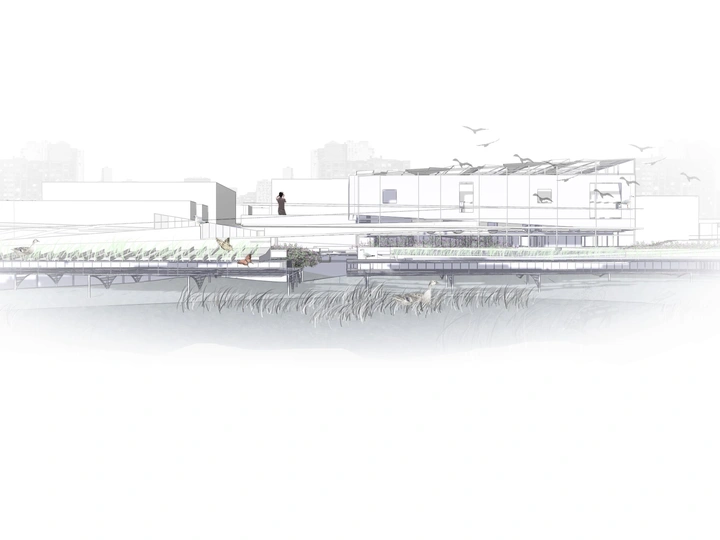Architecture of the fluid-grounds and climates

I got my M.Sc. degree from Tampere University in the field of Sustainable Architecture in 2022. My inspiration for architecture comes from regionalism and phenomenology to advocate local materials, microclimates, and feral ecologies. That's why I feel so unique to had an experience both the Turkish context as a transcontinental geography in terms of both ecology and culture and Finland where is considered more isolated but a part of the Nordic spirit with all of its forest cover and culture. I want to become a researcher in the future and work at the intersection of climate-driven design and humanitarian architecture. I am curious about the issues such as tactical urbanism, multiculturalism, more-than-human architecture, and Assemblage
e. I love writing and I published my M.Sc. thesis and a report about resilient cities.
It is time to work on new typologies of the Anthropocene due to changing severity and frequency of climate-related risks such as heavy precipitation, floods, sea level rise, heat shocks, etc. Moreover, as a consequence of the constant suppression of human actions, wildness may not exist in the landscapes of tomorrow because every bit of the Earth will be settled, farmed, logged, fished, mined, or otherwise exploited for human benefit. At the same time, vernacular techniques are threatened by modern systems, and how structures mediate as spaces for social cohesion are unknown by neoliberal practices.
Thereby, the goal of the research is to pluralize the Anthropocene narrative by focusing on the patchy landscapes, different climates, material cultures, and tectonics, that are shaped around vernacular architectures. This way, we can assign the architecture discipline as an active, main driver that mitigates against climate change and the profession for creating heterogeneous mosaic habitats for every inhabitant of the biosphere including humans.
My proposal aims to assess the typo morphologies in terms of offering a variety of habitats, local techniques, and climate-driven designs which still stand as archives of the locality. In that aspect, I want to study beehive houses in Harran/Turkey and Goahti Houses in Nordics, and their climatic conditions using tools such as Lady-bug and physical models to offer architectural envelope as a healing ground and a space allowing co-existence, rather than modern facades linked with mechanization and closure. The case studies comprise both rural and tropicalized subarctic climates/terrestrial climates with numerous couplings with geomorphologies, biomes, and cultures.
Besides, architects can focus on rewilding architectural envelopes for bees, birds, insects, and bacteria, and test various techniques and materials such as weaving, netting, opening bee holes, clay, hay, and stone masonry